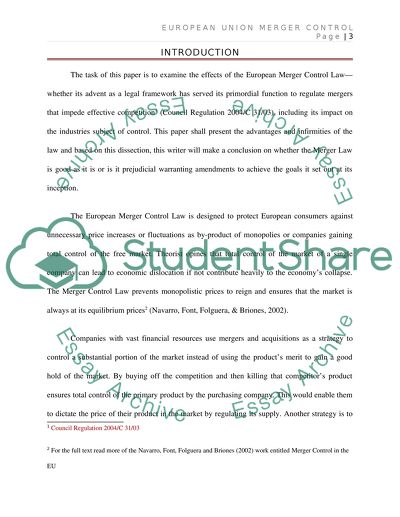Cite this document
(“Is the EU merger control regulation necessary Is it a good system Dissertation”, n.d.)
Retrieved from https://studentshare.org/family-consumer-science/1414331-is-the-eu-merger-control-regulation-necessary-is
Retrieved from https://studentshare.org/family-consumer-science/1414331-is-the-eu-merger-control-regulation-necessary-is
(Is the EU Merger Control Regulation Necessary Is It a Good System Dissertation)
https://studentshare.org/family-consumer-science/1414331-is-the-eu-merger-control-regulation-necessary-is.
https://studentshare.org/family-consumer-science/1414331-is-the-eu-merger-control-regulation-necessary-is.
“Is the EU Merger Control Regulation Necessary Is It a Good System Dissertation”, n.d. https://studentshare.org/family-consumer-science/1414331-is-the-eu-merger-control-regulation-necessary-is.


